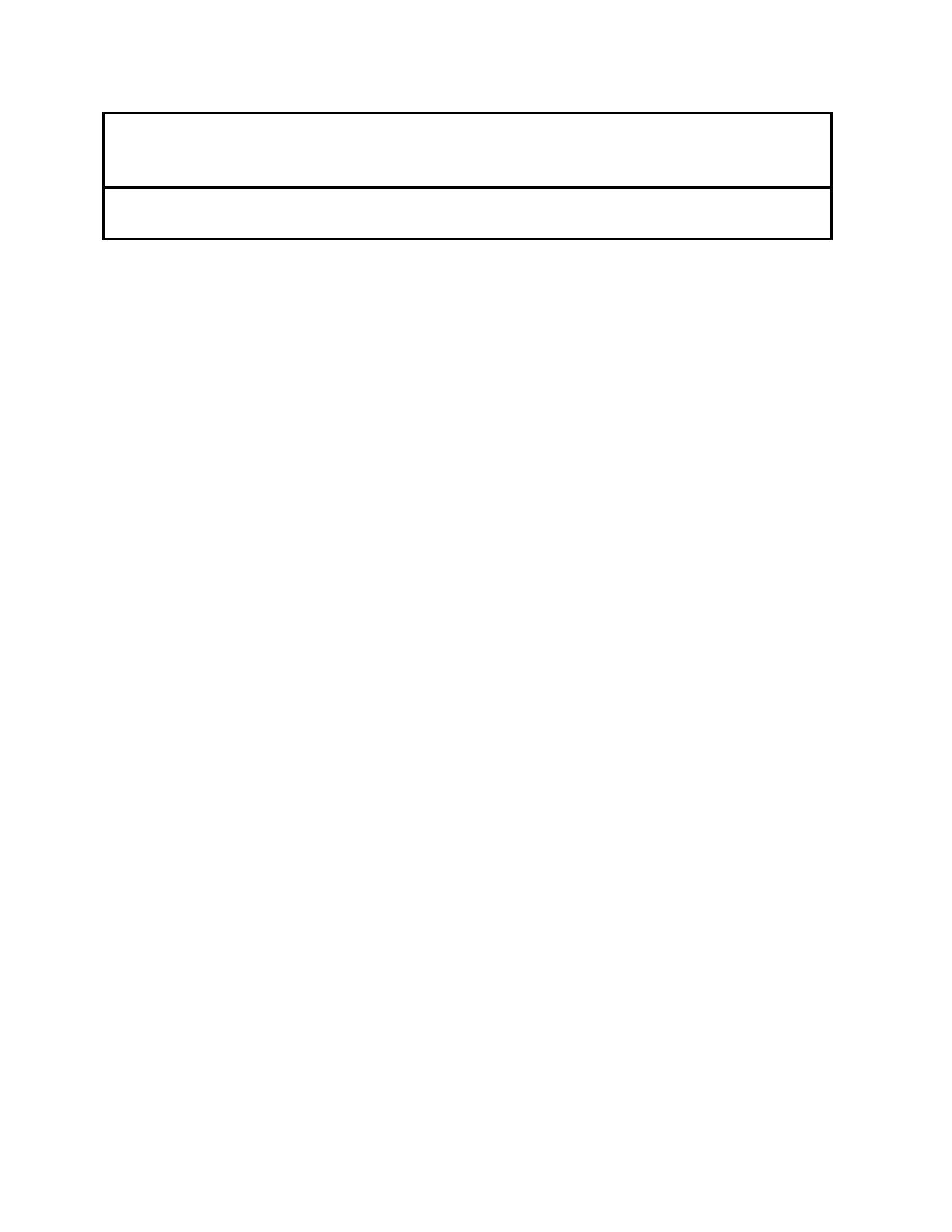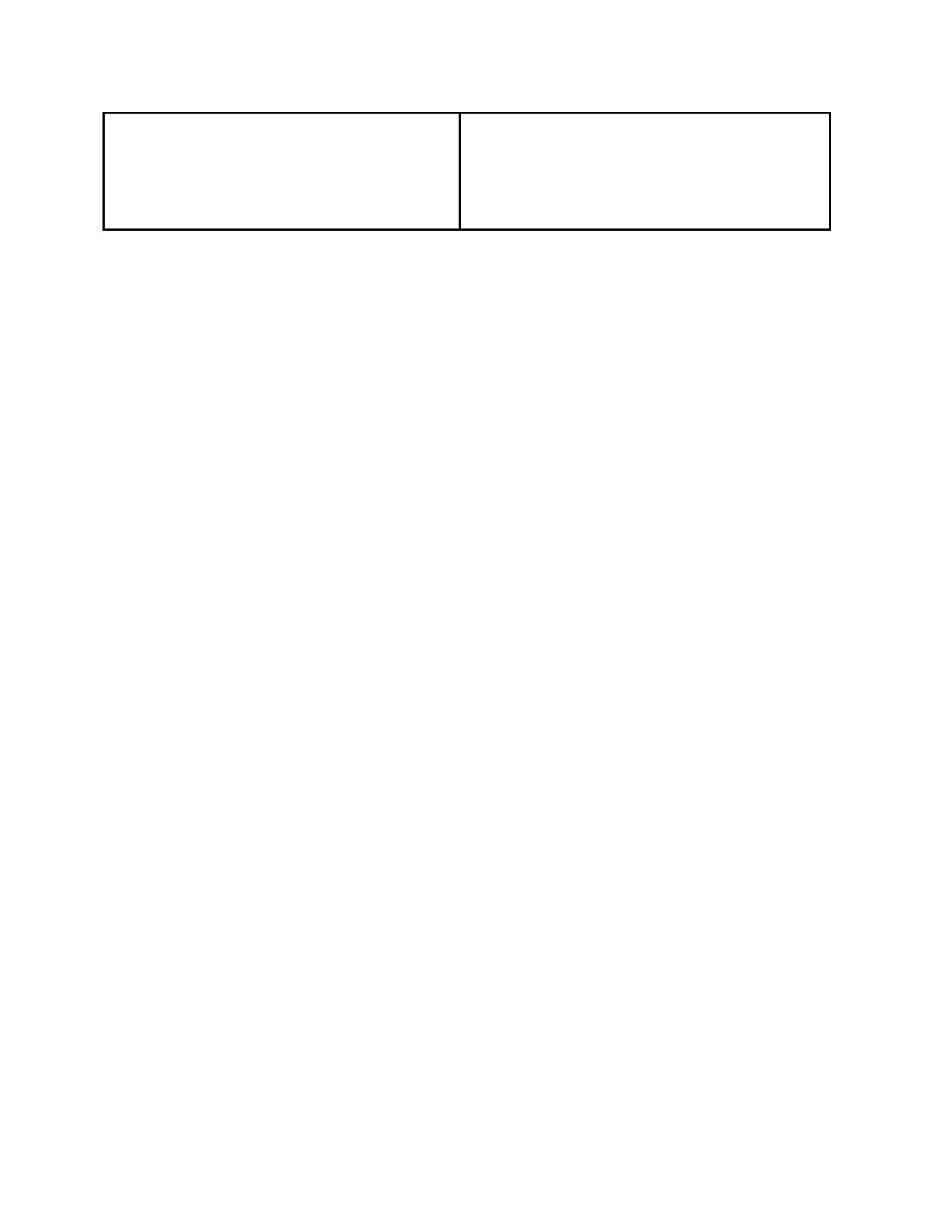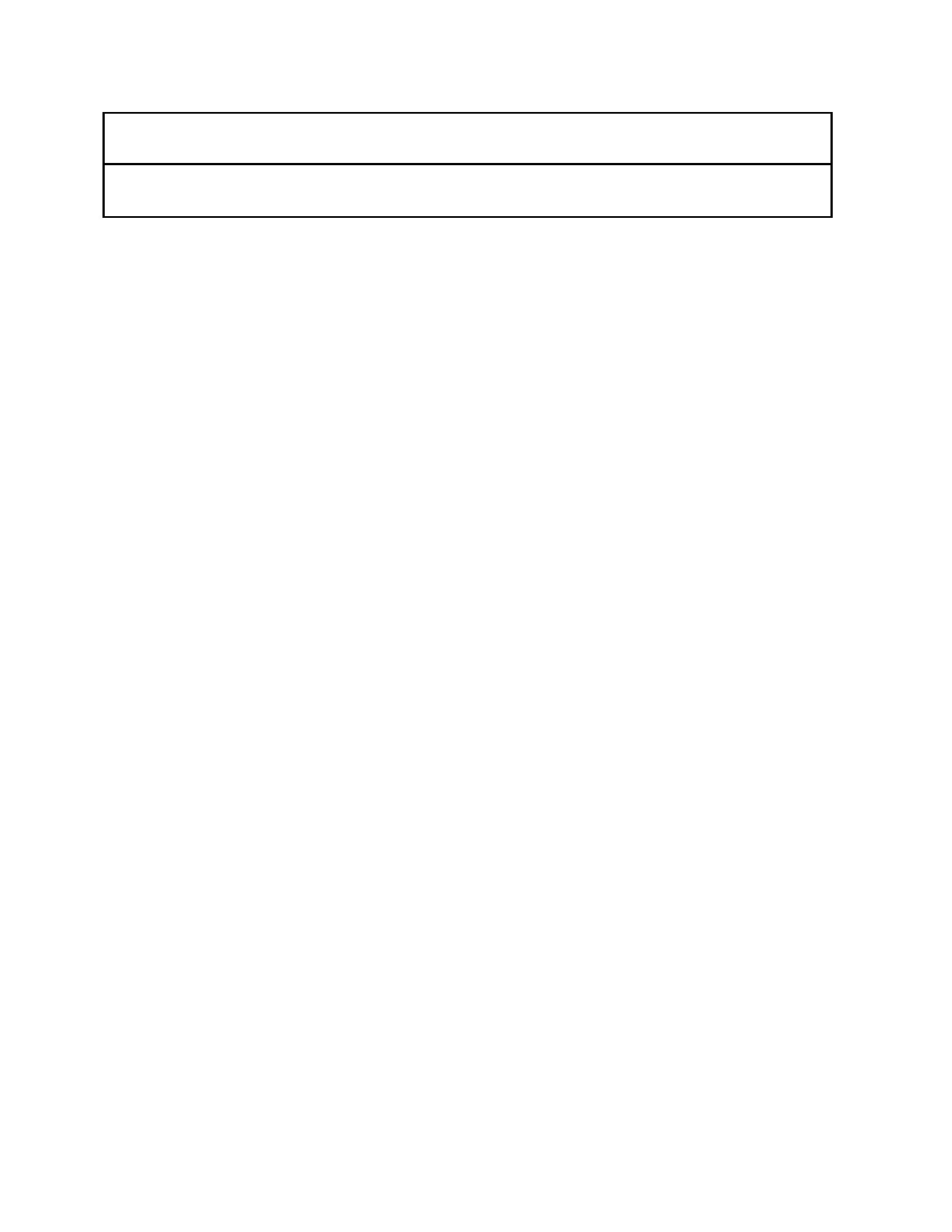
6 minute read
Coastal Navigation S
COURSE NAME: Coastal Navigation First Unit: Finding the Boat’s Position Est. Time: 16 Weeks (12 Lessons, meets every other day)
OVERVIEW
In this unit, students will build upon their previous knowledge of algebra and geometry to find the position of a boat on a nautical chart.
STAGE 1 → IDENTIFY DESIRED RESULTS
ESTABLISHED GOALS
CSDE Content Standards:
HSG-MG.A: Apply geometric concepts in modeling situations. HSG-SRT.B.5: Use congruence and similarity criteria for triangles to solve problems and to prove relationships in geometric figures. HSG-SRT.C.8: Use trigonometric ratios and the Pythagorean Theorem to solve right triangles in applied problems. HSA-REI.B: Solve equations and inequalities in one variable. HSA-CED.A: Create equations that describe numbers or relationships. HSN-VM.B.4: Add and subtract vectors. ● CRITICAL THINKING: Identify a problem, ask key questions, and make predictions. MP #4: Model with mathematics. MP #5: Use appropriate tools strategically. ● CRITICAL THINKING: Demonstrate flexibility and determination when solving problems. MP #1: Make sense of problems and persevere in solving them.
TRANSFER
UNDERSTANDINGS
● Knowing the position of a boat on the water is essential for everyone’s safety. ● How can algebra and geometry be used to find the position of a boat?
ESSENTIAL QUESTIONS
KNOWLEDGE SKILLS (framed as Learning Targets)
1. I can calculate distance, speed, or time using the dead reckoning formula.
How to find the position of a boat through the use of dead reckoning and fixes. 2. I can convert from true course to compass course, and vice versa, using a deviation table. 3. I can determine a boat ’s position through beam bearings, 2 bearing fixes, 3 bearing fixes, and running fixes. 4. I can determine a boat ’s position when presented with the effect of current. 5. I can determine a boat ’s position by using a sextant and spherical trigonometry depending on the altitude of the local noon sun.
Unit 1 Assessment 1
STAGE 2 → DETERMINE ACCEPTABLE EVIDENCE Summative Assessments Formative Assessments
Pre- Assessment:
1. I can calculate distance, speed, or time using the dead reckoning formula. Test Questions: #1 2. I can convert from true course to compass course, and vice versa, using a deviation table. Test Questions: #1, 2, 3, 4, 5, 6
3. I can determine a boat ’s position through beam bearings, 2 bearing fixes, 3 bearing fixes, and running fixes. Test Questions: #2, 4, 5, 6
4. I can determine a boat ’s position when presented with the effect of current. Test Questions: #3, 5 Ongoing Assessments: Unit 1.1 Unit 1.2
Unit 1 Assessment 2
5. I can determine a boat ’s position by using a sextant and spherical trigonometry depending on the altitude of the local noon sun. Test Questions: #1
STAGE 3 → LEARNING PLAN EXPERIENCES and INSTRUCTION
First Unit Topic: Using Aids to Navigation to Find Boat’s Position. Estimated # of Lessons: 11
1. I can calculate distance, speed, or time using the dead reckoning formula.
Essential Questions:
2. I can convert from true course to compass course, and vice versa, using a deviation table. 3. I can determine a boat ’s position through beam bearings, 2 bearing fixes, 3 bearing fixes, and running fixes. 4. I can determine a boat ’s position when presented with the effect of current. ● How can algebra and geometry be used to find the position of a boat?
Learning Activities:
1. Given the dead reckoning formula, calculate distance, speed, or time. 2. Given a true course, convert to compass course. 3. Given two or three aids to navigation, perform a two- or three-bearing fix to determine position. 4. Given one aid to navigation, perform a beam bearing to determine position. 5. Given one aid to navigation, constant course, and constant speed, perform a running fix to determine position. 6. Given set and drift of current, calculate new course and speed in order to track original course.
Basic Coastal Navigation 2nd Edition, Frank J. Larkin
Second Unit Topic: Using Local Area Noon Sun to Find Boat’s Position
Learning Target(s):
5. I can determine a boat ’s position by using a sextant and spherical trigonometry depending on the altitude of the local noon sun.
Estimated # of Lessons: 1
Essential Questions:
● How can algebra and geometry be used to find the position of a boat?
Learning Activities:
1. Given a sextant, determine the altitude of the local area noon sun. 2. Given declination of sun and calculated zenith distance, determine latitude. 3. Given a course and speed, use trigonometry to calculate minutes of latitude traveled to determine current latitude.
4. Given Greenwich Hour Angle, zenith distance, declination of sun, use spherical trigonometry to calculate current longitude.
Basic Coastal Navigation 2nd Edition, Frank J. Larkin
COURSE NAME: Coastal Navigation Second Unit: Using Radar Plotting to Avoid Collisions Est. Time: 4 Weeks (1 Lesson, meets every other day)
OVERVIEW
In this unit, students will build upon their previous knowledge of algebra and geometry to determine the new course and speed needed to avoid a collision.
STAGE 1 → IDENTIFY DESIRED RESULTS
ESTABLISHED GOALS
CSDE Content Standards:
HSG-MG.A: Apply geometric concepts in modeling situations. HSA-REI.B: Solve equations and inequalities in one variable. HSN-VM.B.4: Add and subtract vectors.
TRANSFER
● CRITICAL THINKING: Identify a problem, ask key questions, and make predictions. MP #4: Model with mathematics. MP #5: Use appropriate tools strategically. ● CRITICAL THINKING: Demonstrate flexibility and determination when solving problems. MP #1: Make sense of problems and persevere in solving them.
UNDERSTANDINGS
● Knowing how to read a radar display is essential in avoiding a boat collision. ● How can algebra and geometry be used to avoid a boat collision?
ESSENTIAL QUESTIONS
KNOWLEDGE
How to use a radar display to determine a new course or speed for the boat to avoid a collision. 1. I can calculate the distance and time of the closest point of approach for the other vessel. 2. I can use vectors to determine the other vessel’s current course and speed. 3. I can use vectors to determine the new course or speed needed to avoid a collision by at least two nautical miles.
SKILLS (framed as Learning Targets)

Unit 2 Assessment 1 Unit 2 Assessment 1
1. I can calculate the distance and time of the closest point of approach for the other vessel.
Test Question: #1 2. I can use vectors to determine the other vessel’s current course and speed.
Test Question: #1 3. I can use vectors to determine the new course or speed needed to avoid a collision by at least two nautical miles.
Test Question: #1 Pre- Assessment:
Ongoing Assessments: Unit 2.1
STAGE 2 → DETERMINE ACCEPTABLE EVIDENCE Summative Assessments Formative Assessments
STAGE 3 → LEARNING PLAN EXPERIENCES and INSTRUCTION
First Unit Topic: Radar Plotting. Estimated # of Lessons: 1
1. I can calculate the distance and time of the closest point of approach for the other vessel. 2. I can use vectors to determine the other vessel’s current course and speed. 3. I can use vectors to determine the new course or speed needed to avoid a collision by at least two nautical miles.
Essential Questions:
● How can algebra and geometry be used to avoid a boat collision?
Learning Activities:
1. Given another vessel’s bearing and range from two different times, calculate the time and distance to the closest point of approach, the vessel’s current course and speed, and the new course or speed necessary to avoid collision.
Basic Coastal Navigation 2nd Edition, Frank J. Larkin





